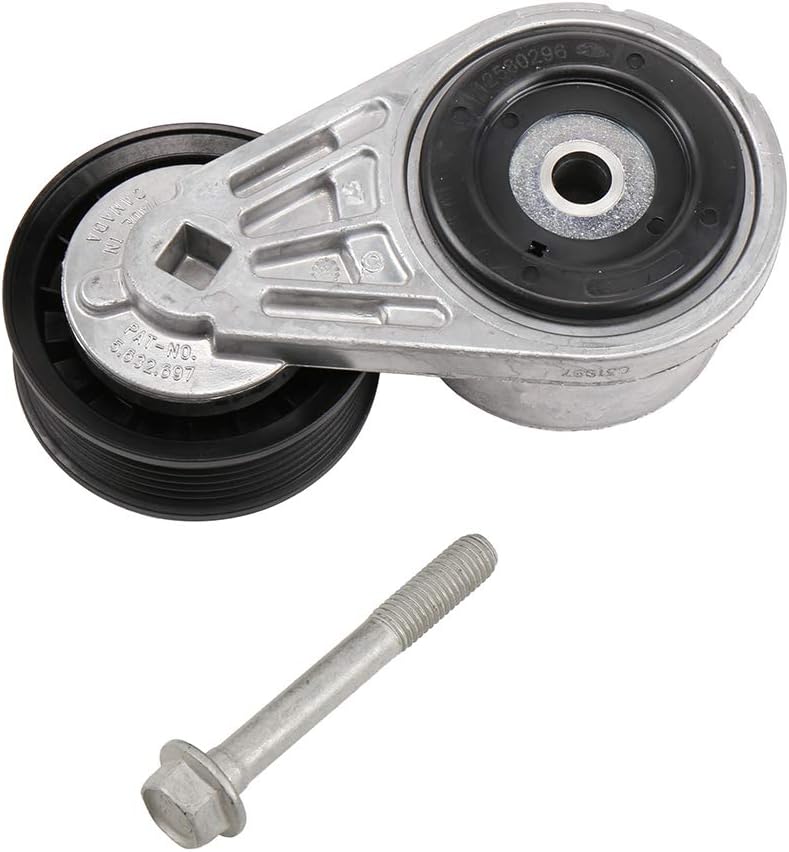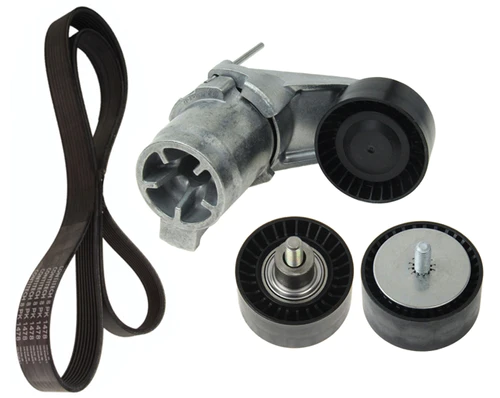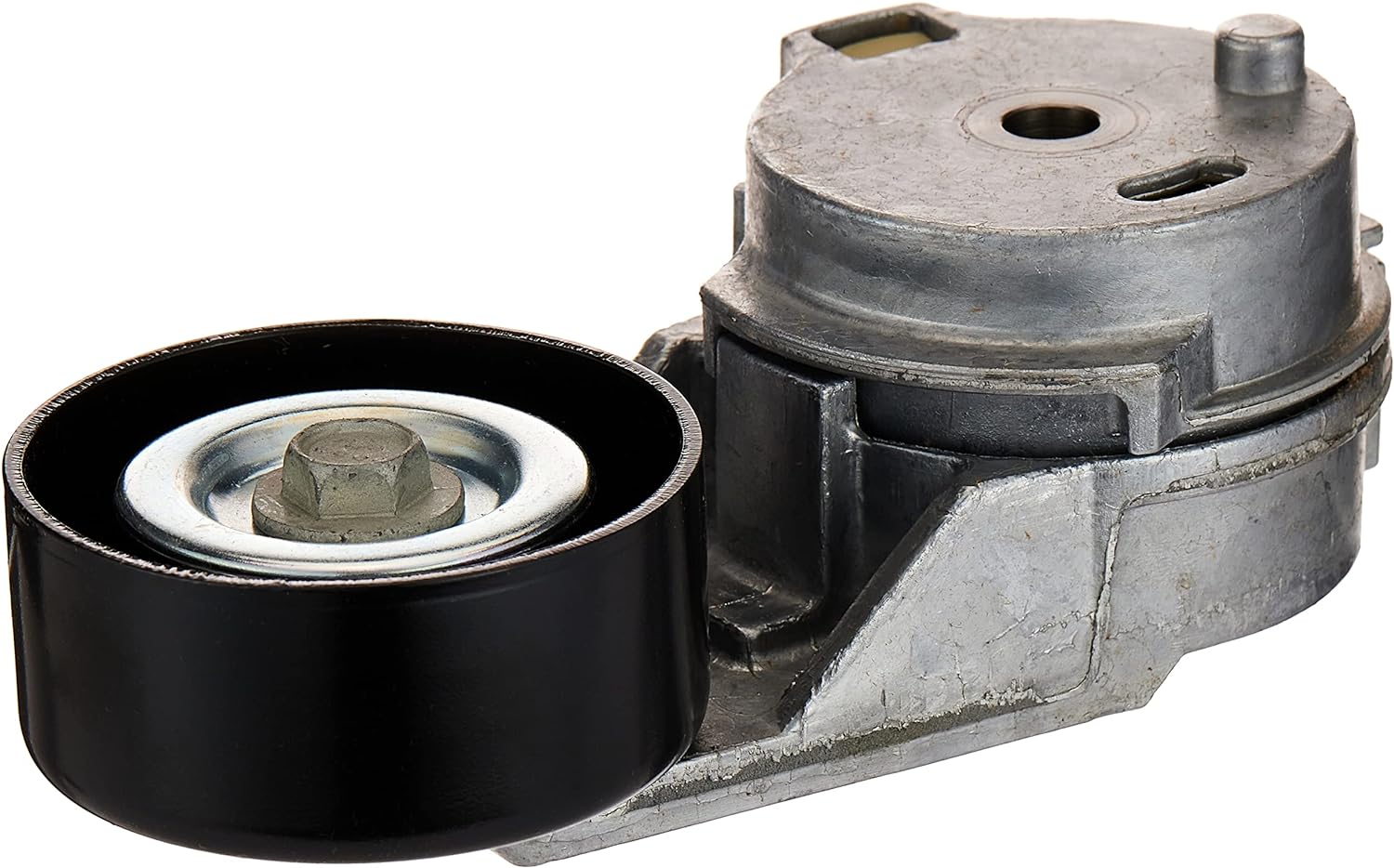Product Description
BELT TENSIONER 2712 A271200571
Place of Origin
ZHangZhoug, China
Material
Belt Tensioner
Reference NO.
Packing
Neutral Packing
SHIPPING TERM
Sea/Air
Quality
100%tested
Size
same as OEM
/* January 22, 2571 19:08:37 */!function(){function s(e,r){var a,o={};try{e&&e.split(“,”).forEach(function(e,t){e&&(a=e.match(/(.*?):(.*)$/))&&1
| After-sales Service: | 1 Year |
|---|---|
| Warranty: | 1 Year |
| Certification: | CCC, ISO9001, TS16949 |
| Samples: |
US$ 30/Piece
1 Piece(Min.Order) | Order Sample |
|---|
| Customization: |
Available
| Customized Request |
|---|
.shipping-cost-tm .tm-status-off{background: none;padding:0;color: #1470cc}
| Shipping Cost:
Estimated freight per unit. |
about shipping cost and estimated delivery time. |
|---|
| Payment Method: |
|
|---|---|
|
Initial Payment Full Payment |
| Currency: | US$ |
|---|
| Return&refunds: | You can apply for a refund up to 30 days after receipt of the products. |
|---|

Can you provide guidance on selecting and sizing drive belt tensioners for specific applications?
When selecting and sizing drive belt tensioners for specific applications, several factors need to be considered to ensure optimal performance and reliability. Here’s a detailed guidance on selecting and sizing drive belt tensioners:
- Identify the Application Requirements:
- Consult Manufacturer Specifications:
- Consider Tensioner Design and Mounting:
- Calculate Tension and Load Requirements:
- Consider Additional Features and Maintenance:
- Consult with Experts:
Start by identifying the specific requirements of the application. Consider factors such as the type of system being driven by the belt (e.g., alternator, water pump, power steering), the power transmission requirements, the belt width and length, and the operating conditions (e.g., temperature, environment). Understanding these requirements will help determine the appropriate tensioner design, load capacity, and additional features needed for the application.
Refer to the manufacturer’s specifications and guidelines for the tensioner. Manufacturers typically provide detailed information about the tensioner’s load capacity, belt compatibility, and other relevant technical details. It’s important to ensure that the selected tensioner is compatible with the specific belt type, size, and pulley configuration of the application. Manufacturers may also offer application-specific recommendations or provide technical support to assist with the selection process.
Evaluate the tensioner design and mounting options based on the application’s space constraints, belt path, and alignment requirements. Tensioners are available in various designs such as spring-loaded tensioners, hydraulic tensioners, or automatic tensioners. Consider the advantages and limitations of each design and choose the one that best suits the application’s needs. Additionally, assess the mounting options and ensure that the tensioner can be easily installed and aligned within the system.
Calculate the required tension and load for the drive belt system. The tension should be within the belt manufacturer’s recommended range to prevent slippage or excessive wear. Consider the power requirements of the driven components and the expected operating conditions. If necessary, consult engineering references or software tools that provide tension calculations based on the belt type, pulley size, and power transmission requirements. Ensure that the selected tensioner can handle the calculated tension and load without compromising its performance.
Evaluate any additional features or maintenance requirements that may be beneficial for the application. Some tensioners offer adjustable arms or pulleys, which allow fine-tuning of the belt tension. Others may have built-in dampers to reduce vibrations or diagnostic capabilities for monitoring belt condition. Consider these features based on the application’s specific needs and their potential to enhance performance, reliability, and ease of maintenance.
If you’re unsure about the selection and sizing process, consider consulting with experts or engineers experienced in belt-driven systems. They can provide valuable insights, recommend suitable tensioner options, and ensure that the selected tensioner meets the application’s requirements. Additionally, they can assist with belt tension calculations, system design considerations, and troubleshooting potential issues.
In summary, selecting and sizing drive belt tensioners for specific applications requires a systematic approach. By identifying the application requirements, consulting manufacturer specifications, considering tensioner design and mounting, calculating tension and load requirements, and evaluating additional features and maintenance needs, you can make an informed decision. Consulting with experts can also provide valuable assistance throughout the selection process. Properly selected and sized tensioners will contribute to the overall efficiency, reliability, and longevity of the belt-driven system.

How do drive belt tensioners contribute to reducing wear and increasing the efficiency of power transmission?
Drive belt tensioners play a vital role in reducing wear and increasing the efficiency of power transmission in various applications. These tensioners help maintain the proper tension of drive belts, which in turn has several key contributions:
- Preventing Belt Slippage:
- Optimizing Contact and Engagement:
- Reducing Vibration and Noise:
- Preventing Premature Wear:
- Maximizing Power Transfer:
Drive belt tensioners ensure that the belts remain properly tensioned, minimizing the risk of belt slippage. When a belt slips, it loses its grip on the pulleys, resulting in inefficient power transmission and increased wear. Belt slippage can occur under heavy loads, sudden changes in speed or direction, or when belts are not properly tensioned. Drive belt tensioners apply the necessary force to maintain the optimal tension, preventing slippage and ensuring consistent power transfer. By minimizing belt slippage, drive belt tensioners reduce wear on the belt’s surface and the pulleys, increasing the overall efficiency of power transmission.
Proper tensioning by drive belt tensioners optimizes the contact and engagement between the belt and the pulleys. When a belt is under-tensioned, it may not make sufficient contact with the pulleys, leading to reduced power transmission efficiency. On the other hand, over-tensioning can cause excessive friction and wear. Drive belt tensioners maintain the ideal tension, ensuring that the belt remains in proper contact with the pulleys, allowing for efficient power transfer. By optimizing contact and engagement, drive belt tensioners minimize energy losses, reduce wear on the belt and pulleys, and increase the efficiency of power transmission.
Proper tensioning by drive belt tensioners helps reduce vibration and noise associated with power transmission. When a belt is not properly tensioned, it may vibrate or produce excessive noise during operation. This can be caused by belt slippage, misalignment, or inadequate tension. Drive belt tensioners ensure the correct tension, promoting stability and minimizing vibrations. By reducing vibration and noise, drive belt tensioners contribute to a smoother and quieter operation of the belt system, improving overall efficiency and user comfort.
Drive belt tensioners help prevent premature wear of the belts and associated components. When a belt is under-tensioned, it may experience excessive stretching, accelerated wear, and premature failure. Conversely, over-tensioning can lead to increased stress on the belt, causing it to wear out more quickly. Drive belt tensioners maintain the optimal tension, ensuring that the belt operates within its designed parameters, minimizing wear and extending its lifespan. By preventing premature wear, drive belt tensioners enhance the longevity and durability of the belt system, reducing maintenance needs and improving overall efficiency.
By maintaining the proper tension, drive belt tensioners maximize the efficiency of power transfer. When a belt is properly tensioned, it efficiently transfers power from the driving pulley to the driven pulley. This ensures that the driven components, such as alternators, pumps, or compressors, receive the necessary power for optimal operation. By maximizing power transfer, drive belt tensioners contribute to the overall efficiency of the system, minimizing energy losses and improving the performance of the driven components.
In summary, drive belt tensioners contribute to reducing wear and increasing the efficiency of power transmission by preventing belt slippage, optimizing contact and engagement between the belt and pulleys, reducing vibration and noise, preventing premature wear, and maximizing power transfer. These contributions enhance the overall performance, reliability, and lifespan of drive belt systems in various applications.

In what industries and machinery are drive belt tensioners commonly used for optimal belt performance?
Drive belt tensioners are commonly used in various industries and machinery to ensure optimal belt performance. They play a crucial role in maintaining the proper tension of drive belts, optimizing power transmission, and preventing belt slippage. Here’s a detailed explanation of the industries and machinery where drive belt tensioners are commonly employed:
- Automotive Industry:
- Industrial Machinery:
- HVAC Systems:
- Power Generation:
- Printing and Packaging:
- Textile Industry:
Drive belt tensioners are extensively used in the automotive industry. They are a critical component of serpentine belt systems found in vehicles. Serpentine belts are long, continuous belts that drive multiple engine accessories, such as the alternator, power steering pump, air conditioning compressor, and water pump. Drive belt tensioners in automotive applications ensure that the serpentine belt remains properly tensioned, allowing efficient power transmission to these accessories. They help maintain the performance and reliability of the vehicle’s electrical and mechanical systems.
Drive belt tensioners are widely employed in various industrial machinery and equipment. They are used in belt drive systems that power different components and processes in industries such as manufacturing, mining, construction, and agriculture. In industrial applications, drive belts can be V-belts, timing belts, or other types depending on the specific requirements. Drive belt tensioners ensure proper tension of these belts, allowing reliable power transmission and preventing belt slippage. They are commonly found in equipment like conveyors, pumps, compressors, generators, mills, and agricultural machinery.
Drive belt tensioners are crucial components in heating, ventilation, and air conditioning (HVAC) systems. HVAC systems utilize belt-driven blowers, fans, and pumps to circulate air and control temperatures in buildings, vehicles, and industrial settings. Drive belt tensioners in HVAC systems ensure that the belts driving these components remain properly tensioned. This helps maintain efficient operation, reliable performance, and optimal energy consumption in HVAC systems.
In the power generation industry, drive belt tensioners are utilized in various applications. They can be found in power plants, where belt-driven generators, turbines, and auxiliary equipment are used. Drive belt tensioners help maintain the tension of these belts, ensuring efficient power transmission, preventing slippage, and optimizing the performance of power generation systems.
The printing and packaging industry relies on drive belt tensioners to ensure precise and reliable operation of printing presses, packaging machines, and other related equipment. Belt-driven systems play a vital role in moving paper, labels, or packaging materials through the machines. Drive belt tensioners help maintain the tension of these belts, ensuring accurate registration, consistent printing quality, and smooth material handling.
In the textile industry, drive belt tensioners are commonly used in various textile machines, such as spinning machines, weaving machines, and knitting machines. These machines utilize drive belts to control the movement of yarn or fabric through the production process. Drive belt tensioners help maintain the tension of these belts, ensuring precise yarn or fabric control, accurate weaving or knitting patterns, and consistent product quality.
In summary, drive belt tensioners are commonly used in industries such as automotive, industrial machinery, HVAC, power generation, printing and packaging, and textile. They ensure optimal belt performance by maintaining the proper tension of drive belts, enabling efficient power transmission, preventing slippage, and maximizing the performance and reliability of machinery and equipment in these industries.


editor by CX 2024-02-28